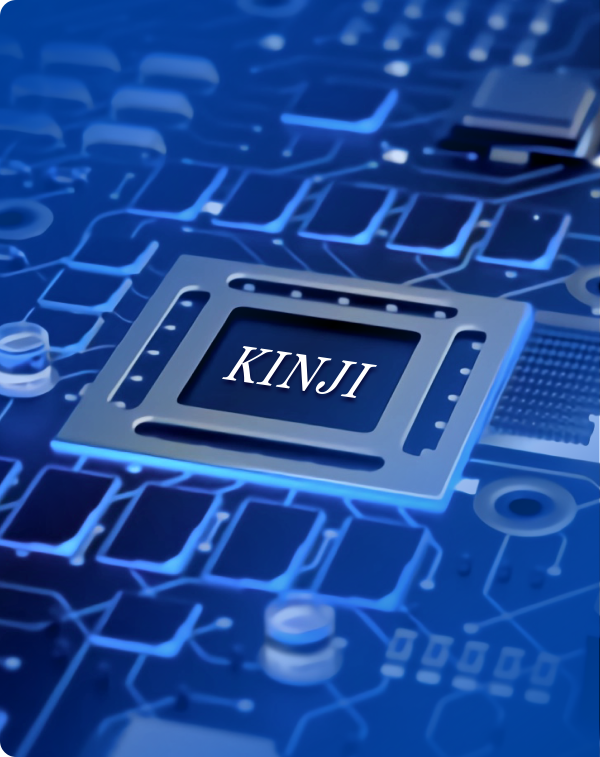Sorry, no sales person is available right now to take your call. Pls leave a message and we will reply to you via email as soon as possible.

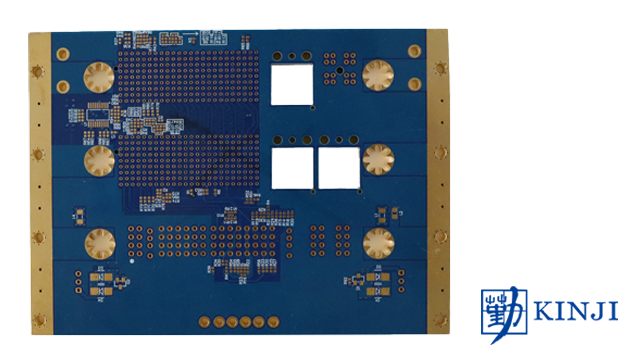
Master Heavy Copper PCB design for high-power electronics. Learn guidelines for current capacity, thermal management, and DFM to ensure reliable manufacturing.
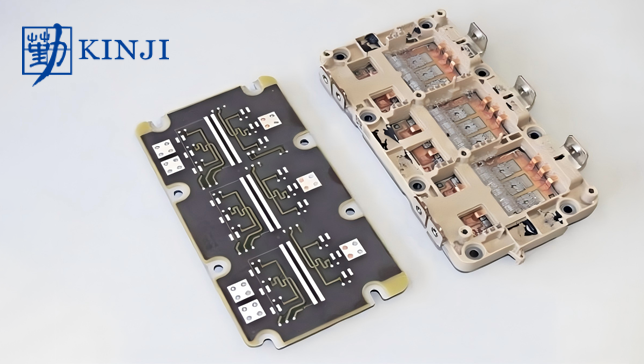
Optimizing embedded power modules requires managing PCB warpage. The article analyzes thermal interface risks, structural solutions, and reliability trade-offs.
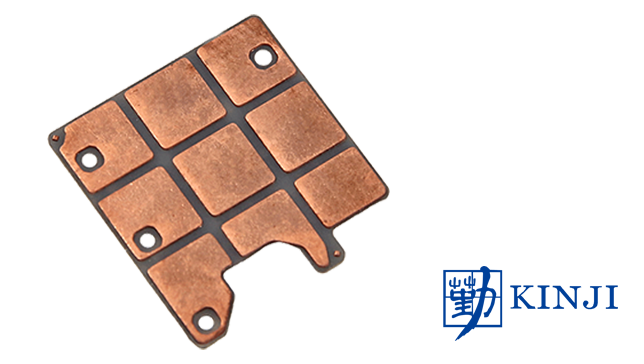
Discover why AMB ceramic substrates outperform DBC in thermal reliability, bonding strength, and material flexibility for EVs, solar, and rail power systems.
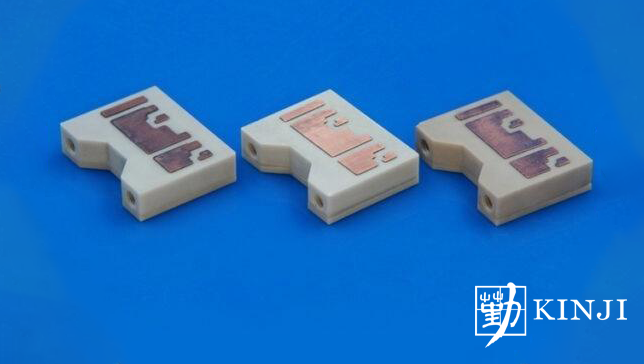
High-performance ceramic PCBs for EV power modules, IGBT systems, and automotive inverters. Custom DBC boards with reliable thermal and electrical performance.
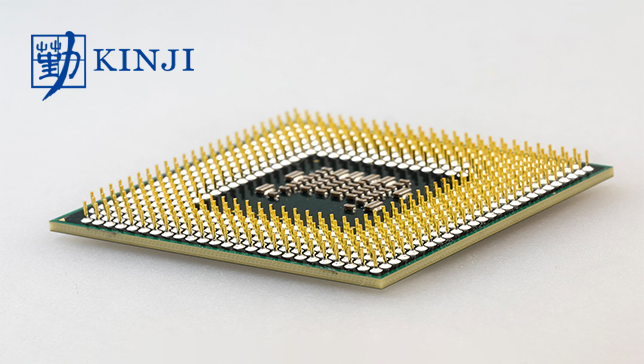
IC substrates are classified by process, form, material, and application, offering clear guidance for semiconductor packaging design and market positioning.
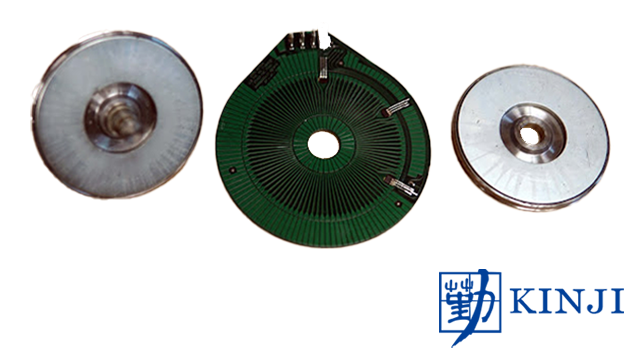
PCB stator technology revolutionizes motor design with ultra-thin axial flux architecture, enhanced power density, and consistent high-frequency reliability.
